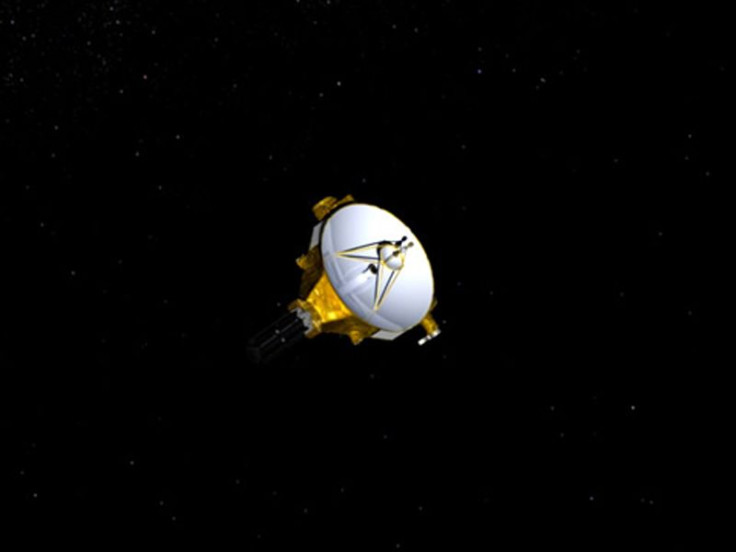Exploring the Kuiper: New Horizons’ next target chosen after Pluto flyby

Following the historic Pluto flyby, NASA experts have picked the next target for the New Horizons spacecraft to explore the solar system. Called as 2014 MU69, scientists consider the comet-like object for the next up-close study as it is thought to be one of the building blocks from which bigger worlds such as Pluto are formed.
NASA said the new target is one of two comet-like objects that were under consideration by scientists working on the mission. The scientists believe objects in the Kuiper Belt contain a deep-freeze sample that have remained largely unchanged since the formation of the solar system 4.6 billion years ago.
The sample may give clues about the formation of Earth and its cosmic neighbourhood. The 2014 MU69 in the Kuiper belt is roughly 1 billion miles, or 1.6 billion kilometres, beyond Pluto, which was selected by the New Horizons team.
The space agency will review the plan before officially approving the mission's extension that would take place in 2019. The proposal by the New Horizons team will "be evaluated by an independent team of experts before NASA can decide about the go-ahead," according to a report from the space agency.
The New Horizons probe took 10 years and 3 billion miles (4.8 billion kilometres) to reach Pluto and its moons in July, which becomes the first probe to explore objects beyond the Kuiper belt. The spacecraft captured and had sent detailed images and data about Pluto and its moons: Charon, Styx, Nix, Kerberos and Hydra.
"Even as the New Horizon's spacecraft speeds away from Pluto out into the Kuiper belt, and the data from the exciting encounter with this new world is being streamed back to Earth, we are looking outward to the next destination for this intrepid explorer," said John Grunsfeld, head of NASA's Science Mission Directorate.
Mission extensions for a spacecraft are commonly approved by NASA if the primary objective has been done and if it is still in good working order. The New Horizons team said the spacecraft carries enough hydrazine fuel for another flyby, and it could still continue operating into the late 2020s or beyond.
Alan Stern, principal investigator for New Horizons at the Southwest Research Institute in Boulder, said NASA's selection of 2014 MU69 is "a great choice" for the secondary mission. The Kuiper belt object “costs less fuel to reach [than other candidate targets], leaving more fuel for the flyby, for ancillary science, and greater fuel reserves to protect against the unforeseen."
In coming October and early November, the spacecraft will do a series of engine burns to set its course toward 2014 MU69 ahead of the expected encounter on Jan 1, 2019.
Contact the writer at feedback@ibtimes.com.au or tell us what you think below






